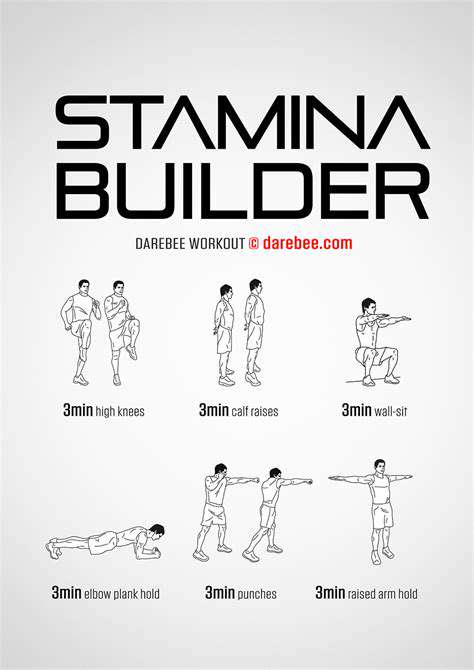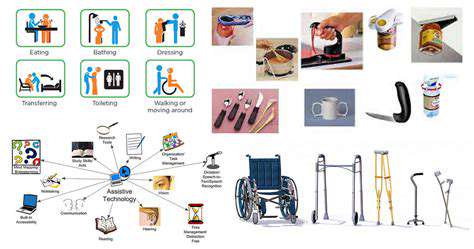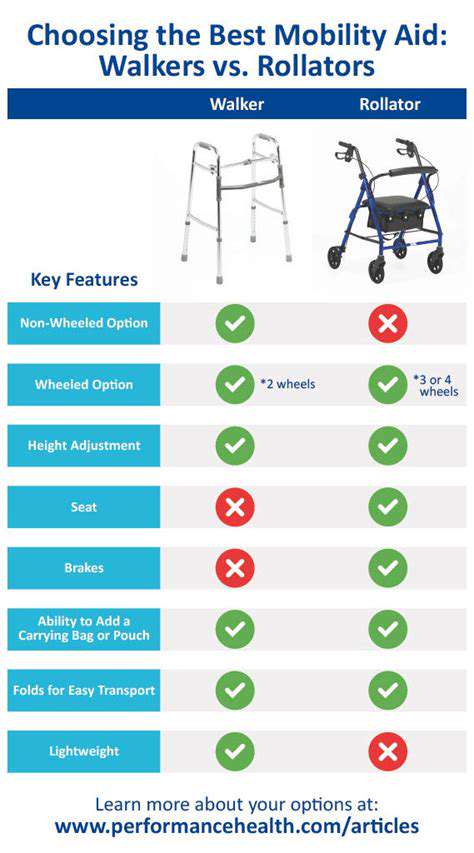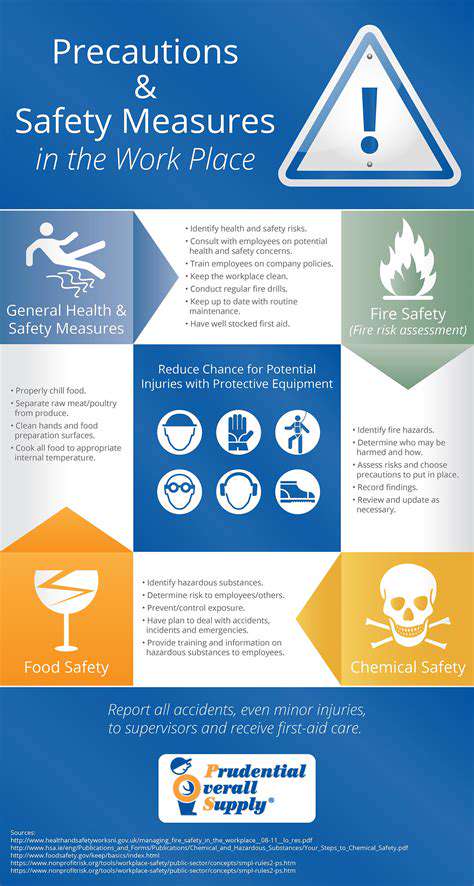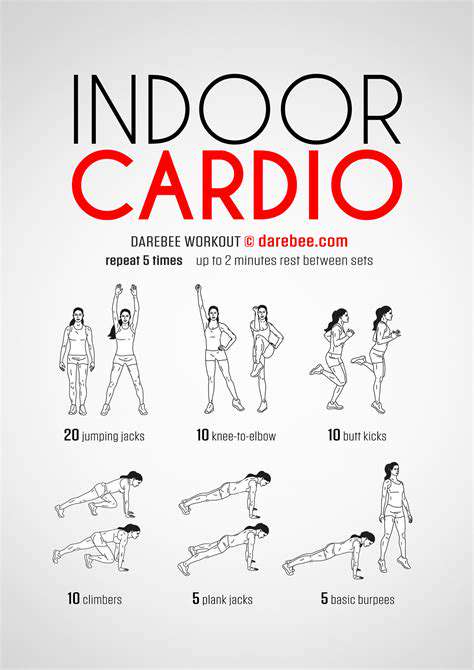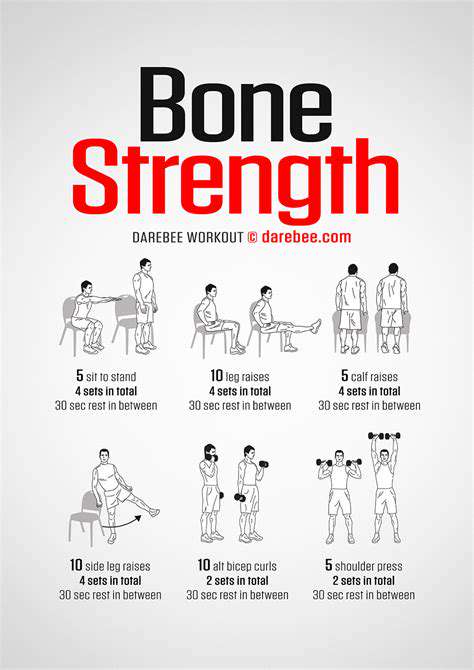Gradually Increasing Your Walking Distance: A Senior Plan
A successful walking program relies on gradual progression. Rushing into significant distance increases can lead to injuries and discourage you from continuing. Start with a comfortable walking duration and distance, and gradually increase both over time. Consistency is key; aim for regular walks, even if they are short. This approach allows your body to adapt to the increased physical demands, preventing injuries and building endurance gradually. Listen to your body; if you experience pain, reduce the intensity or duration of your walks and consult with your doctor.
Tracking your progress is an excellent way to stay motivated and see how far you've come. Note down your daily or weekly walking distance and duration. This record-keeping will help you identify areas for improvement and celebrate your achievements. Visualizing your progress can be incredibly motivating and helps you stay committed to your goals.
Designing Your Personalized Schedule
Your personalized walking schedule should be tailored to your specific needs and goals. Consider your available time, fitness level, and any health conditions. If you're a beginner, start with shorter walks, perhaps 10-15 minutes, a few times a week. As you become more comfortable, gradually increase the duration and distance. A weekly schedule is helpful, but be flexible enough to adjust the plan based on your needs. Consider incorporating rest days into your schedule to allow your body to recover and avoid overtraining.
Consistency and flexibility are paramount. While having a schedule is important, be prepared to adjust it based on your daily availability and energy levels. Don't let a missed walk derail your progress. Prioritize consistency over perfection. Maintaining a routine will help you establish healthier habits, which will also benefit other aspects of your life.
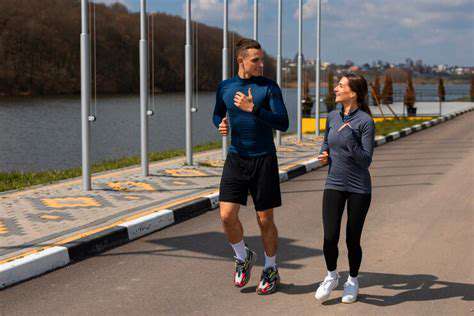
Modifying Your Walking Routine for Different Needs
Adapting for Injuries and Pain
If you're experiencing pain or injury, modifying your walking routine is crucial for preventing further damage and promoting healing. Listen to your body and avoid pushing through discomfort. Instead of focusing on distance or speed, concentrate on maintaining good posture and form. Gentle stretches before and after your walks can help alleviate muscle tension and reduce the risk of reinjury. Consider incorporating low-impact activities like swimming or cycling on days when walking is too strenuous. A physical therapist can provide personalized guidance on exercises and modifications to help you safely return to walking.
Identifying the source of your pain is important. Is it knee pain, back pain, or perhaps foot discomfort? Adjusting your walking surface, using supportive shoes, or incorporating walking aids like canes can significantly reduce pain. Consult with a healthcare professional to determine the most appropriate modifications to your walking routine, including the frequency, duration, and intensity of your walks. Gradually increasing the intensity and duration of your walks after the pain subsides is essential for a successful recovery and preventing future issues.
Catering to Different Fitness Levels
Whether you're a seasoned walker or just starting your fitness journey, modifying your walking routine to suit your fitness level is vital for progress and enjoyment. Beginners should start with shorter walks at a comfortable pace, gradually increasing the duration and intensity as their fitness improves. A brisk walk for 15-20 minutes several times a week is a great starting point. Focus on consistency rather than speed or distance. Proper hydration and nutrition are also key components of a successful walking program, especially as your fitness level increases.
For those with a higher fitness level, consider incorporating variations like interval training, uphill walks, or incorporating hills into your usual route. Increasing the incline or alternating between brisk walking and periods of faster walking can challenge your cardiovascular system and build endurance. Gradually increasing the intensity of these variations can help you progress to more advanced levels of fitness. Monitoring your heart rate and breathing is important to ensure you are pushing yourself appropriately.
Advanced walkers can explore more challenging terrain, such as trails with varying inclines, or incorporate strength training exercises to complement their walking routine. Strength training exercises can improve posture, balance, and overall body strength, further supporting your walking activities and reducing the risk of injuries. It's important to listen to your body and adjust your routine as needed to prevent overexertion and ensure optimal results.
Considering Environmental Factors
Weather conditions, terrain, and accessibility all play a significant role in modifying your walking routine. During hot weather, it's crucial to stay hydrated and adjust your walking schedule to avoid the hottest parts of the day. Choose shaded routes or walk early in the morning or late in the evening to minimize sun exposure. In cold weather, dress in layers to stay warm and be mindful of icy patches or slippery surfaces. Selecting appropriate footwear and clothing is essential for optimal comfort and safety.
The terrain you walk on can greatly influence your routine. Uneven surfaces, inclines, and declines all require adjustments in your walking pace and form. If walking on uneven surfaces, take smaller steps and focus on maintaining balance. When encountering inclines, shorten your stride and use your leg muscles more actively to maintain momentum. When walking downhill, maintain a slower pace and increase your stride length to avoid losing control. Understanding and adapting to different terrains is key to a safe and enjoyable walking experience. Consider using walking poles to help with balance and stability on uneven terrain.
